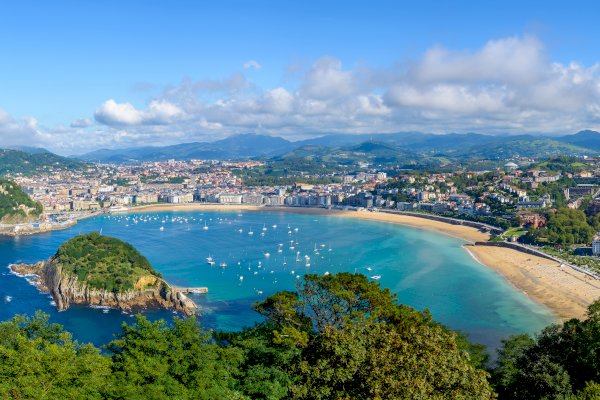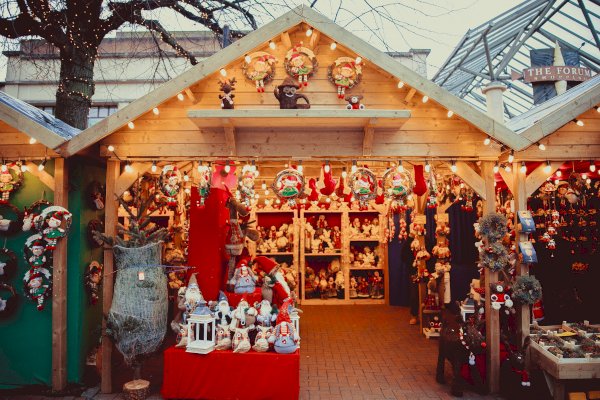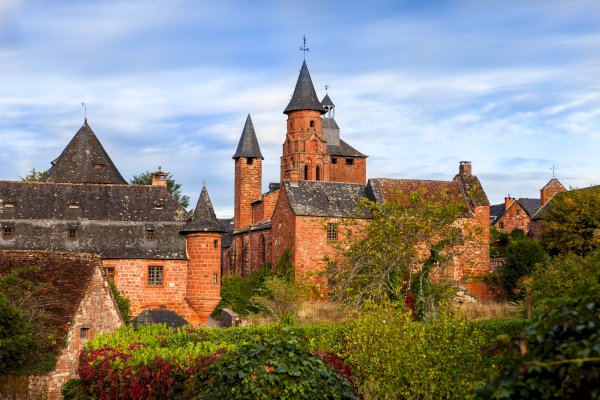
Most Beautiful villages of France: Collonges-la-Rouge

VISIT THE MOST BEAUTIFUL VILLAGE OF COLLONGES LA ROUGE
Which charming medieval village better than the one of Collonges-La-Rouge could we begin our "Most Beautiful Villages of France" blog section with? I have been fortunate, as a tour guide, to visit this village on many occasions both personally and with guests. Each time I have done so, Collonges-la-Rouge has always had that famous "WOW" effect on our clients and has fascinated me over and over.
Is it because it stands at the border with my home region of the Quercy where all the buildings and houses are white, because they are built out of Limestone? Or is it just about that enchanting moment when you arrive in the early morning, as the village awakens, and sit at the terrasse of a café and watch as the sun literally ignites the imposing, electric crimson colored sandstone buildings covered with their traditional 'Lauze' tiles?

©Vallée de la Dordogne - Anael Dang
A bit of History
The village was founded by the monks of the Charroux Abbey in the Poitou region of France during the 8th century following a donation by the Count Roger of Limoges. It rapidly attracts a large number of peasants and artisans.
Surrounded by remparts which ensure safety, the community thrives and the fact that it is located on the Way of Saint James, leading to Rocamadour, adds to the prosperity of Collonges. The small town obtains a right of franchise in the 14th century which gives it the right of jurisdiction.
The golden age of Collonges takes place during the 16th and 17th century when large private mansions were built by administrative officers of the Turenne district. In the 18th century the district was sold to the French Crown and during the French Revolution the priory was destroyed and in some ways it is around this time that the small town falls asleep. Inevitably, because of the lack of work in the area, the population decreases and the village becomes a stone quarry.
In 1969, the name of Collonges was transformed into Collonges la Rouge. This was made possible by the will of the Mayor of the village who had understood how important the name of a village could have on its 'image'. Forever associated with the red sandstone buildings & houses that make up the village, Collonges la Rouge is classified as one of the most beautiful villages of France in 1982 and today greets some 700.000 visitors each year.
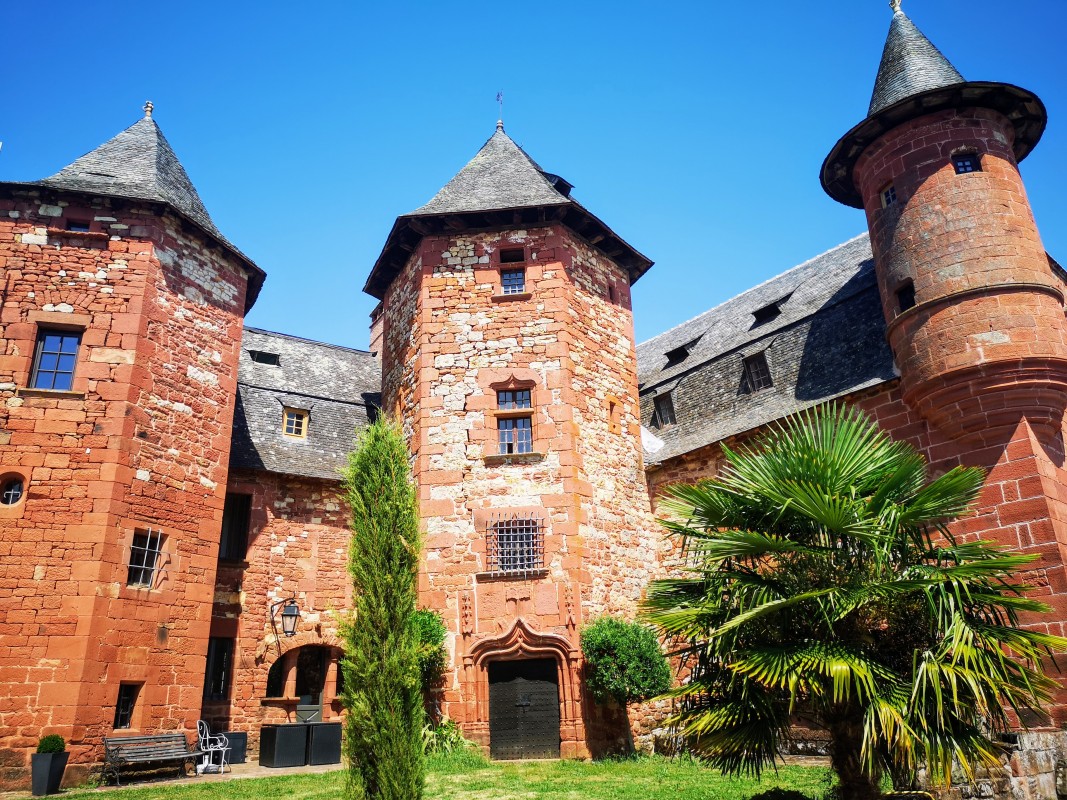
©Cécile May - Vallée de la Dordogne
The birthplace of the Most Beautiful Villages of France organization
Seeing how his village was losing its population over the years, Charles Ceyrac, the Mayor of Collonges la Rouge, was desperate to find a solution that would enable his village to survive. In the early 80's, while on a trip to Paris, the Mayor discovers a book published by the Reader's Digest named The Most Beautiful Villages of France. The cover photo of the book is the village of Collonges la Rouge.
In this particular edition, about 100 villages were included in the book. Charles Ceyrac decides to write to all the mayors of the villages and with the 66 that reply to his letter, they create the not for profit organization of the Most Beautiful villages of France on March 6th 1982. Today, the organization includes 159 villages that are scattered all over France.
To become a member of the Most Beautiful Villages of France organization there are a number of criterias that the villages must meet. Amongst these is the size of the population that cannot exceed 2000 or the number of historical monuments that are part of the municipality which have to be a minimum of 2.
From the beginning, the selection of the villages has been quite drastic with less than 20% being accepted so as to define the label and its image as one of the most credible. All the villages are re-examined every 6 to 9 years and it is possible to keep the label or be declassified which has occurred several times throughout the years.
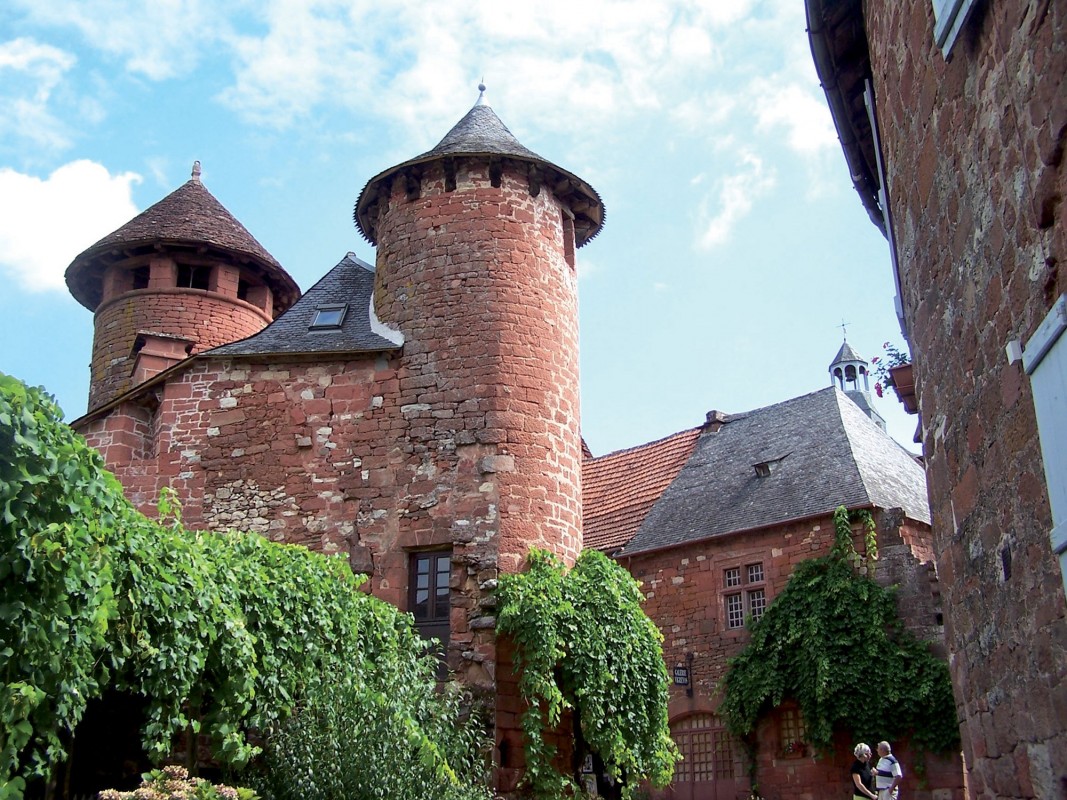
Adobe stock photo - Ophorus account
What is there to see & do in Collonges-la-Rouge
The best time to visit Collonges-la-Rouge is either in early morning or late afternoon when the large number of visitors have not yet arrived or are starting to make their way back home. Obviously, in the high season during the summer months of July & August, the village can be crowded, victim of its success.
This is why we strongly recommend that if you do include Collonges-la-Rouge on your bucket list, don't hesitate to visit during the months of April until June and then in autumn, months during which our tours operate from Sarlat.
With your English speaking local guide, our villages hopping in the Quercy private half day trip is a perfect choice if you wish to visit Collonges-la-Rouge in a relaxed and smooth way.
Reach the village and discover the most important landmarks such as:
1. Church of Saint Pierre or Saint Saveur of Collonges-la-Rouge
This fortified Church dates back from the 11th and 12th century. It still retains some of its 16th century defensive attributes such as a mighty square keep. What makes the Church so unique is the tympanum carved out of white Turenne limestone which deeply contrasts with the red sandstone that is present everywhere else. It depicts the Ascension of Christ, one of the most popular scenes for tympanums in southern France, and its style is very similar to the one that is assigned to the School of Toulouse.
The upper part is composed of a Christ floating on a type of veil held by two angels on each side that seem to help him as he elevates. Two other angels, also located on each side of Christ, point to Christ with one hand and show us, the spectator, their palm with the other. The lower part is composed of 12 sculptures that represent the Virgin Mary surrounded by 11 apostles that can be recognized by the attributes that they hold.
2. Vassinhac Castle
Built in 1583 and built with imposing towers and pepper-pot turrets, elegant mullioned windows, the Castle is a perfect example of the 16th century military architecture of the region. The building is lined with watch towers, arrow slits giving this private mansion a very defensive function to what should have been an elegant private mansion.
3. The Grain & Wine Covered Market
Facing the Church, the Old Grain and Wine Covered Market dates back to the 16th and 17th century. These types of covered markets were quite common in a number of villages where the commercial exchanges were important. They are very often found in the Bastides of the region that also had an important role in trade.
What is interesting here is the village oven - named four banal - located on the far side of the covered market. In the middle ages, these village ovens had to be built and maintained by the local lord and all the bread had to be baked in them, mainly to secure the village from fire. The counterpart to this was that the population had to pay to use it.
4. Chapel of the Black Penitents
Built in the 14th century, it became the meeting place for the Black Penitents order from the middle of the 17th century until the late 19th century. Their main role was to assist and console criminals condemned to death and to provide them with religious services and Christian burials. Many objects that belonged to the order are still present in the chapel including procession lanterns, a passion cross and a statue of Christ.
5. The House of the Mermaid
Built in the 16th century, the building takes its name from a stone decoration that represents a mermaid holding a comb and a mirror in each hand. Classified as a historical monument it has now become a museum that highlights local archeology and geology. On the first floor, one can discover the permanent exhibition that represents the room of a laundry woman of the 19th century.
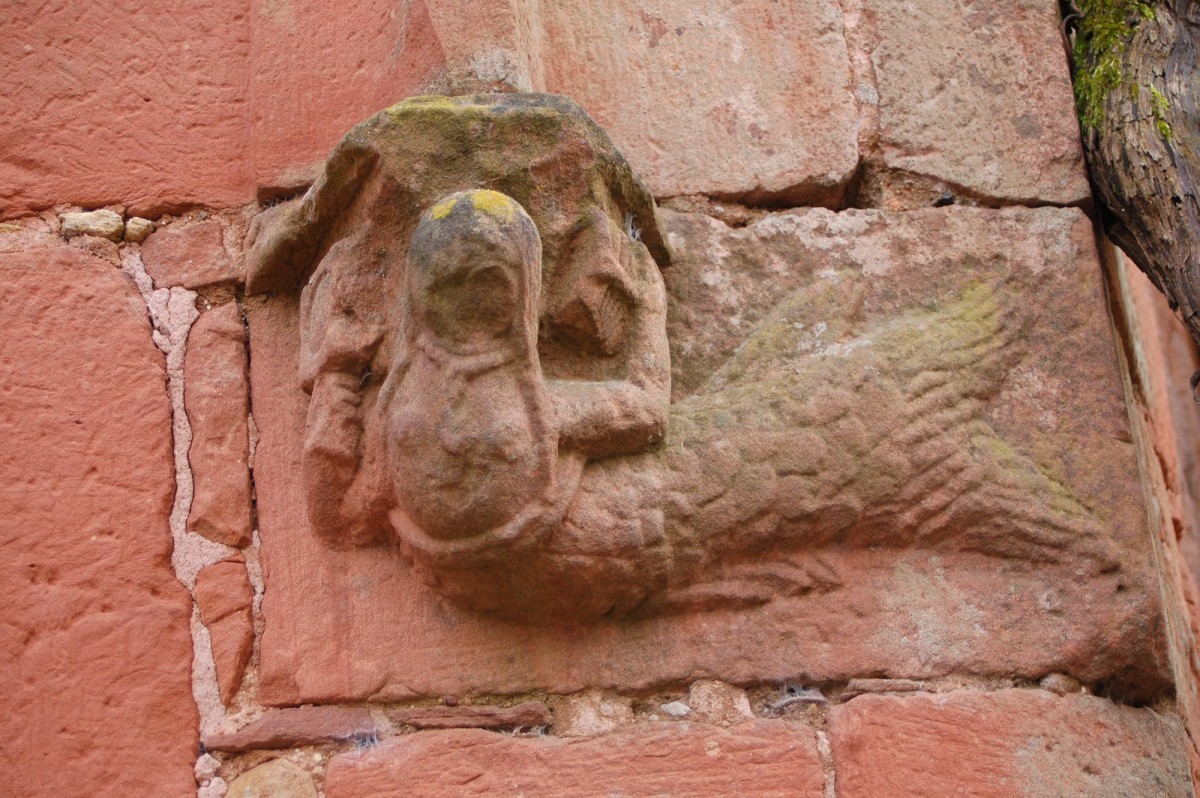
Adobe stock photos - Ophorus account
For more information on Collonges-la-Rouge don't hesitate to contact the local tourism office: Vallée Dordogne

Secured payments

easy cancellation

 Please wait
Please wait



